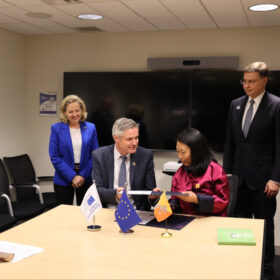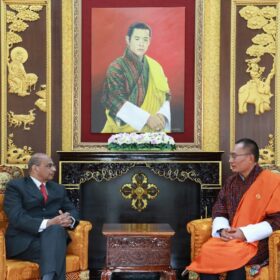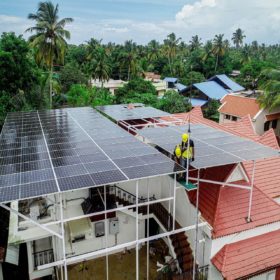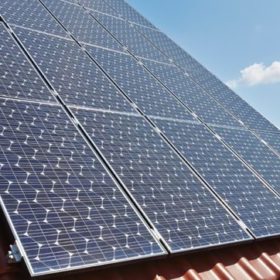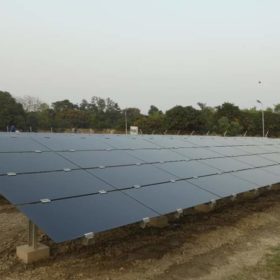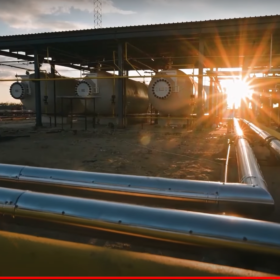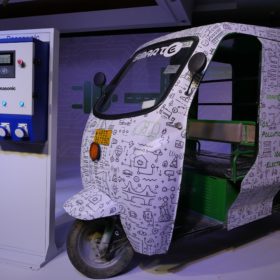Sterling and Wilson Renewable Energy revenue up 51% YoY
Sterling and Wilson Renewable Energy has reported consolidated revenue of INR 3,035 crore in FY 2024, 51% up year-on-year. The company’s unexecuted order book surpassed INR 8,000 crore.
European Investment Bank lends €150 million for renewables in Bhutan
The European Investment Bank (EIB) has agreed to lend €150 million ($160.2 million) for renewables in Bhutan, in order to fund solar and hydropower installations in remote regions. Solar facilities are expected to reduce Bhutan’s reliance on energy imports during the dry months of the year and diversify the nation’s electricity mix.
ISA to help boost solar initiatives in Bhutan
The International Solar Alliance (ISA) will work with the government of Bhutan to enhance energy access and ensure energy security in Bhutan through solar energy interventions and diversification of the nation’s energy portfolio.
MNRE releases draft guidelines for residential rooftop solar subsidy scheme
The Ministry of New and Renewable Energy has released the draft guidelines for PM Surya Ghar: Muft Bijli Yojana which is aimed at installing rooftop solar plants in one crore (10 million) households with subsidy support from the central government.
JSW Energy to raise INR 5,000 crore via QIP
The floor price for the qualified institutional placement is set at INR 510.09 per equity share.
India is seeing record demand for rooftop solar systems
India is seeing record demand for rooftop solar both from residential and industrial consumers. While the recently announced Pradhan Mantri Suryodaya Yojana (PMSY) Scheme is driving adoption among residential consumers, industries seek to add clean energy to meet climate goals amid falling panel prices.
AMPIN Energy Transition secures EUR 25 million from Austrian bank
AMPIN Energy Transition has secured long-term financing of EUR 25 million to support the growth of its renewable energy portfolio and establish a solar cell and module production facility in India.
Husk Power secures $20 million in debt financing from European Investment Bank
Husk Power will use the fund for the construction of community solar minigrids in Nigeria, installation of rooftop solar for commercial & industrial (C&I) customers, expansion of appliance sales to households and small businesses, and the scaling of value-added services such as agro-processing and e-mobility.
MNRE issues guidelines for setting up green hydrogen hubs in India
Under the National Green Hydrogen Mission, at least two green hydrogen hubs will be set up by FY 2025-26 with central financial assistance of INR 200 crore for creating the core infrastructure. Each of the hubs will have a production capacity of at least 100,000 mtpa.
Electric mobility promotion scheme to keep the electrification pace intact: ICRA
Rating agency ICRA expects the penetration levels of electric two-wheelers and electric three-wheelers (excluding e-rickshaws) to reach 6-8% and 14-16%, respectively, by FY 2025.

